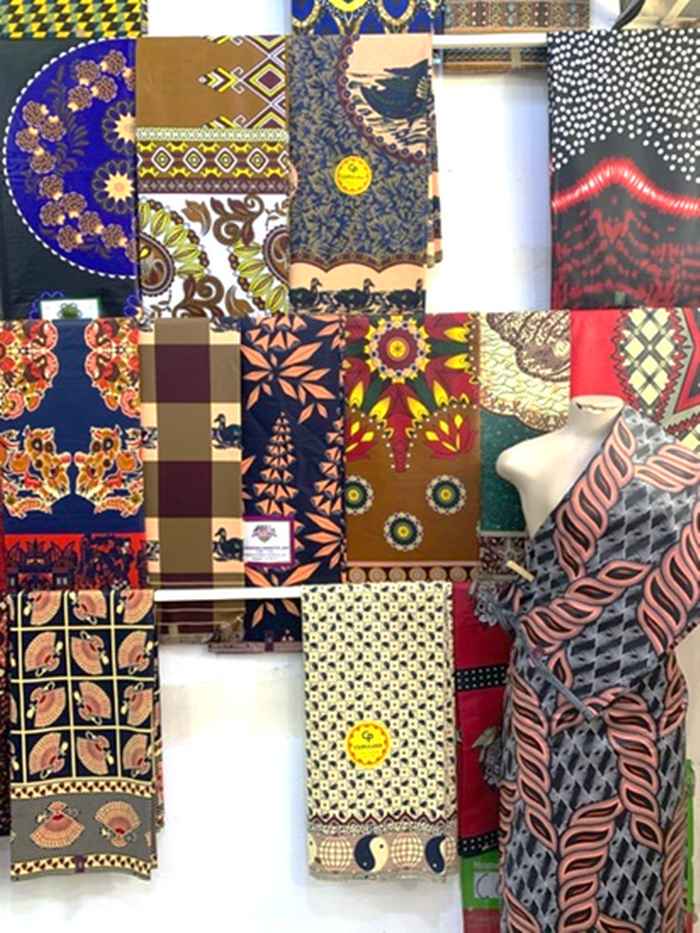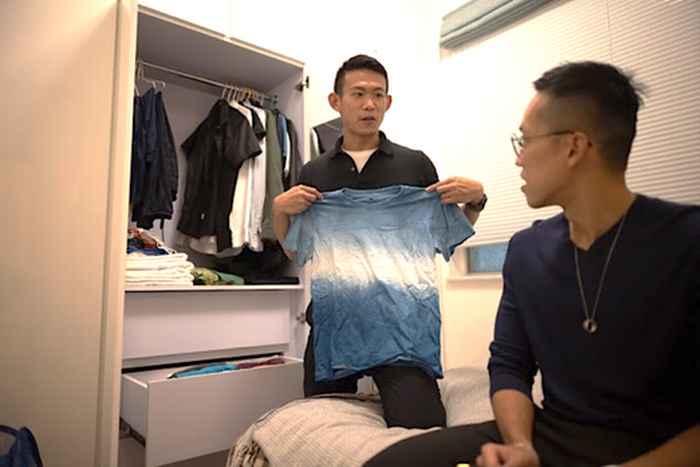Clothes make the man: the relationship between China and Africa on the basis of fashion
25 April 2022

The research will not focus on high fashion, but on simple, everyday clothing that the majority of society wears. ‘The influence of fashion on day-to-day life has been researched often’, says Tse. ‘However, Western society is always taken as a case study when doing so.’ The media scholar wants to break this pattern and is going to examine the relationship between the production of clothing in China and the consumption thereof in Africa.
He has chosen two East African countries, Kenya and Mozambique, for the African part. ‘Nairobi in Kenya is viewed as the fashion capital of Africa. Economically speaking, Kenya is therefore a more affluent country than Mozambique. In addition, the two countries have a different colonial history; Kenya with England and Mozambique with Portugal. Due to these differences, the researcher expects to be able to make an interesting comparison between the two countries.
The lifespan of a piece of clothing
Tse is currently busy putting his team together and hopes to be able to get started at the beginning of 2023. Together with four other researchers, he will be following the lifespan of a piece of clothing, from production in China to consumption in Africa. They will start in China, where they will even be working in a clothing factory and observing how Chinese producers communicate with African buyers.
In the second part of the research, the researchers will be working in the market: first in China and subsequently in Africa. ‘You can clearly observe here how the two cultures converge’, says Tse. ‘You see many echoes of Chinese culture, such as dragons, phoenixes and yin-yang symbols, but also a clear translation to African wishes.’
Into the wardrobe
The most fascinating part of the research for Tse will come at the end: African consumption in practice. ‘We are going to conduct focus group interviews and make a selection of about 40 test subjects from this’, he says. The researchers are going to go with these people to their homes in order to delve into their wardrobes. ‘How do they choose their clothing and what significance do they attach to it?’
He already has experience with this research practice because he has implemented this in previous research. ‘In this way, you get a glimpse into the life and culture of the owner of the clothing. Some people keep certain pieces of clothing 10 years or even longer. There is often an emotional story attached to those pieces, for example because it belonged to a family member.’
A glimpse into people’s wardrobes ultimately tells you a lot more than just an interview. ‘I saw this clearly in my previous experiences’, says the researcher. ‘For example, I interviewed someone who had said that he was extremely frugal with buying clothes, but there were 10 white shirts that were almost exactly the same hanging in his packed wardrobe.
The best of both worlds
In addition to his humanities research, Tse also has a lot of experience in sociology. ‘As a researcher in the field of social sciences, it is usually the case that you have a theory, execute it and in that way prove whether or not it turned out to be true. In the case of the humanities, there is a lot more room for research in which you observe what you see initially and allow the theories to arise from that’, he says. 'As an interdisciplinary researcher, I try to apply the best of both worlds in my research.’
Victory
‘The award of the Consolidator Grant means a lot to me, especially as I am a researcher from Hong Kong originally. I moved to Amsterdam about a year ago’, says Tse. ‘If you work hard here and are able to explain your research well, you are given opportunities. That is even the case, for example, if you are not so experienced. That was very different within the academic culture in my home country.’
The media scholar also sees the award as a victory for the humanities. ‘As far as I know, it’s the first time that a research project looking at fashion has been awarded such a large grant.’ The influence of such an achievement was immediately clear to Tse from the reaction of the PhD candidate that he is supervising. ‘As a result of this, she has gained a lot more faith in the future of research into fashion’, he says. ‘Inspiring!’
